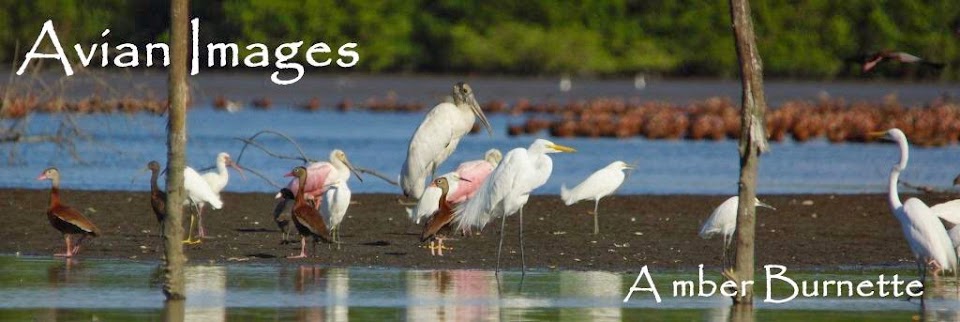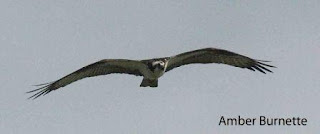
This is something you don't see all the time. Reier called me from a bike ride and told me about this leucistic robin. There are several differences between being leucistic and being albino; thank you to Wikipedia for the following, "Leucism is a general term for the
phenotype resulting from defects in
pigment cell differentiation and/or migration from the
neural crest to skin, hair or feathers during
development. This results in either the entire surface (if all pigment cells fail to develop) or patches of body surface (if only a subset are defective) having a lack of cells capable of making
pigment. More common than a complete absence of pigment cells is localized or incomplete
hypopigmentation, resulting in irregular patches of white on an animal that otherwise has normal colouring and patterning. This partial leucism is known as a "pied" or "
piebald" effect. A further difference between albinism and leucism is in
eye colour. Due to the lack of melanin production in both the
retinal pigmented epithelium (RPE) and
iris, albinos typically have red eyes due to the underlying blood vessels showing through. In contrast, leucistic animals have normally coloured eyes." Now you can say you learned something today.
 Reier and I spend a fair amount of time in an off leash dog park in south Minneapolis. A family of Barred Owls has faithfully raised young there for at least five years that we know of. The youngsters are easy to identify from their parents - their feathers still have that "fuzzy" look, and the feathers on their faces have not completely grown in yet. They are adult-sized, and were at about 5-6 weeks old. They also can be heard making a low whistle, which is their food-begging call.
Reier and I spend a fair amount of time in an off leash dog park in south Minneapolis. A family of Barred Owls has faithfully raised young there for at least five years that we know of. The youngsters are easy to identify from their parents - their feathers still have that "fuzzy" look, and the feathers on their faces have not completely grown in yet. They are adult-sized, and were at about 5-6 weeks old. They also can be heard making a low whistle, which is their food-begging call.



























 Now here is a baby that might take a glance or two to make sure you know who it is. Baby Horned Lark! The last is an adult for comparison. Young larks look almost like a cross between a starling and a robin, don't they?
Now here is a baby that might take a glance or two to make sure you know who it is. Baby Horned Lark! The last is an adult for comparison. Young larks look almost like a cross between a starling and a robin, don't they?










